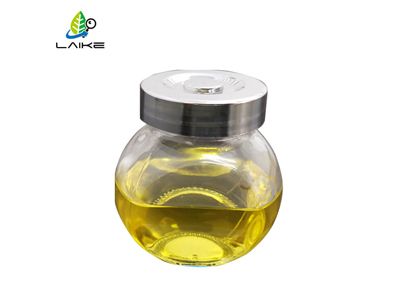How To Choose The Best Insecticide Formulation?
The choice of insecticide formulation is often as important as the choice of the active ingredient in the insecticide. When using liquid sprays, pest management professionals may choose formulations such as suspensions (SC), wettable powders (WP), capsule suspensions (CS), water dispersible granules (WDG), and emulsifiable oils (EC).
The choice of compound fertilizers formulation is often as important as the choice of the active ingredient in the insecticide. When using liquid sprays, pest management professionals may choose formulations such as suspensions (SC), wettable powders (WP), capsule suspensions (CS), water dispersible granules (WDG), and emulsifiable oils (EC).
Insecticide baits have become an important formulation in pest management programs, and PMPs can choose from a variety of forms of baits, including ready-to-use bait stations, gel baits, granular baits, and liquid baits. Professionals may also choose to use aerosol, dust or granular insecticides as part of their management program. The following is an Integrated Pest Management (IPM) based process that will help in selecting the best formulation for the job.
Before selecting a formulation, it is helpful to know the site to be treated. A thorough examination of the properties will provide the information needed to select the best formulation for the job. Before proceeding with an insecticide application, carefully consider the following questions regarding formulation selection.

Glyphosate
1. Can the formulation be safely applied to sensitive areas?
Sensitive areas may include food areas in food handling facilities, hospital or nursing home rooms, classrooms, certain areas of zoos, and many other locations. Special precautions must be taken in these areas to avoid the potential hazards associated with the use of pesticides. First, make sure the product is labeled for use in these areas. Residual sprays may be limited to crack and crevice treatments and may be prohibited for use when occupied. Choose a low or no odor formulation and a product with a low vapor pressure. Decoy formulations are often an excellent choice for sensitive areas.
2. Will the formulation cause phytotoxicity (plant damage) to treated plants?
Phytotoxicity may occur following the application of insecticides to plants. This is more likely to occur when using liquid formulations such as EC formulations containing solvents. When plants are to be treated, choose solvent-free formulations (e.g., WP, SC, CS formulations).
Also, do not treat plants in direct sunlight during the hottest part of the day. This combination of environmental factors can cause the leaves of the plant to "burn". Other causes of phytotoxicity may be attributed to the use of excessive rates, treatment of sensitive plant species, cumulative applications to the same plants, and mixtures of products. Extensive phytotoxicity tests conducted by manufacturers on their products can often provide phytotoxicity information. If in doubt, try the product on a small sample of plants first.
3. Is the formulation effective against the target pest?
Regardless of the pest to be controlled, the goal must be to deliver the insecticide to the pest. Start with proper pest identification. You must know whether the pest is primarily a flying or crawling insect, or whether it spends most of its time inside or under the surface. Flying pests can be best controlled with aerosol formulations.
For crawling pests, residual spray formulations or dust left on the surface where the pest will come in contact with it may be most appropriate. Bait formulations may be best, especially those that are attractive to pests and placed in areas where they feed on the bait and ingest lethal doses of toxicants. Some active ingredients are selective in their activity against pests, so check the product label to ensure that pests are listed.